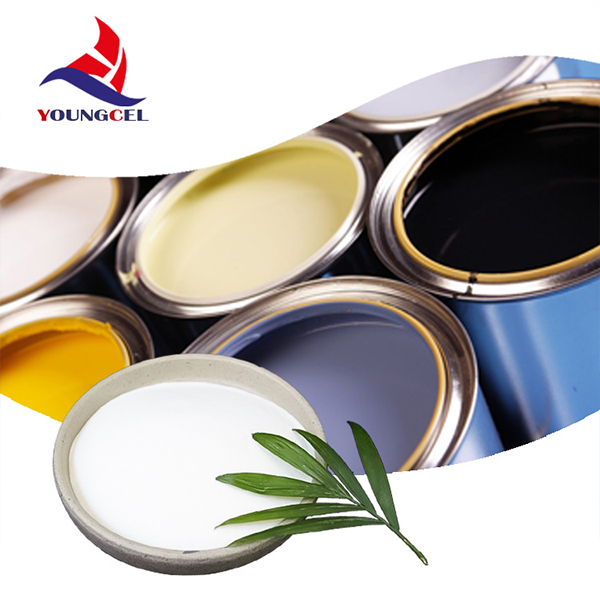Understanding Meilose HPMC A Versatile Polymer in Pharmaceutical and Food Applications
Introduction
Meilose HPMC (Hypromellose), a modified cellulose derivative, has gained significant attention in various industries, especially in pharmaceuticals and food production. Its unique properties make it an essential ingredient for many applications, including drug formulations, food additives, and coatings. This article explores the characteristics, uses, and benefits of Meilose HPMC, highlighting its role in enhancing product performance and consumer experience.
Chemical Structure and Properties
Meilose HPMC is derived from the natural polymer cellulose through a series of chemical modifications. The substitution of hydroxyl groups with methoxy and hydroxypropyl groups results in a compound that retains the structural integrity of cellulose while acquiring new functional characteristics. The degree of substitution and the molecular weight of HPMC can be adjusted, allowing manufacturers to tailor its properties for specific applications.
One of the most notable features of Meilose HPMC is its ability to form gel-like structures upon hydration, making it an excellent thickening and stabilizing agent. Furthermore, it is soluble in cold water, which makes it versatile compared to other cellulose derivatives that require heat for dissolution. Due to its amphiphilic nature, it possesses both hydrophilic and hydrophobic properties, enabling it to interact effectively with various substances.
Applications in Pharmaceuticals
In the pharmaceutical industry, Meilose HPMC serves multiple purposes. It is commonly used as a binder in tablet formulations, contributing to the overall stability and release profile of the drug. Its gel-forming ability allows for sustained-release formulations, enabling controlled drug delivery that can enhance therapeutic effects and improve patient compliance.
meilose hpmc

Moreover, Meilose HPMC is used as a film-forming agent in coatings. These coatings provide moisture protection and taste masking for tablets and capsules. The films created by Meilose HPMC are often smooth and gloss finish, enhancing the appearance of pharmaceutical products while ensuring their integrity during storage and transportation.
Its compatibility with various active pharmaceutical ingredients (APIs) makes HPMC a go-to choice for formulators looking to create innovative drug delivery systems, including hydrophilic matrices and pellets. As a non-toxic and well-tolerated substance, it is suitable for patients with dietary restrictions, thus expanding its applicability in healthcare settings.
Role in the Food Industry
In the food sector, Meilose HPMC is valued for its thickening, emulsifying, and stabilizing properties. It is commonly used in gluten-free products as a substitute for gluten, helping to improve texture and structure. Its ability to retain moisture makes it beneficial for preserving the freshness of baked goods.
Additionally, Meilose HPMC acts as a gelling agent in various food formulations, contributing to the mouthfeel and consistency of sauces, dressings, and dairy products. It is also used in the production of low-fat and reduced-calorie foods, assisting in maintaining a desirable texture without adding excessive calories.
Conclusion
Meilose HPMC is a versatile and innovative polymer that plays a vital role in both the pharmaceutical and food industries. Its unique properties—such as its gel-forming capabilities, solubility in cold water, and ability to interact with various substances—make it an invaluable ingredient. As research and development continue, the potential uses of Meilose HPMC are likely to expand, further enhancing its importance across diverse applications. Whether in controlled drug delivery systems or improving food texture and stability, Meilose HPMC stands out as a crucial component that contributes to quality and efficacy in product formulations.
-
Premium Detergent Grade HPMC Hydroxypropyl Methylcellulose: Superior Thickening & StabilityNewsAug.31,2025
-
HEC 100000 Hydroxyethylcellulose for Paint | Superior ThickeningNewsAug.30,2025
-
Wall Putty Rdp Powder Packaging DesignNewsAug.29,2025
-
Introduction to Hpmc Hydroxypropyl Methyl CellulosNewsAug.29,2025
-
Hpmc Industri Grade IntegrationNewsAug.29,2025
-
How to Choose the Right Construction AdhesiveNewsAug.29,2025




